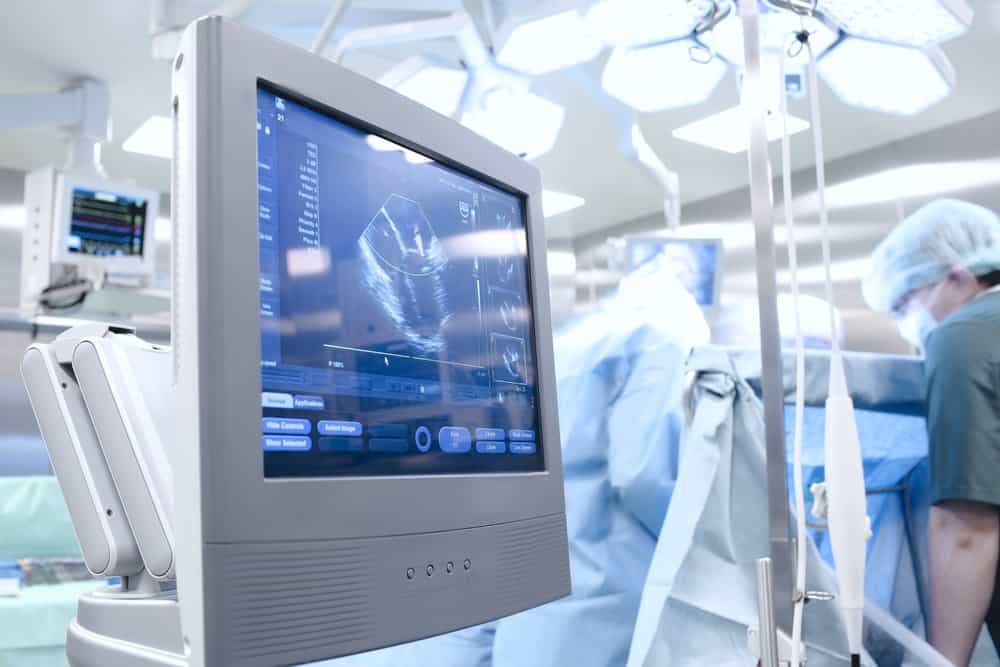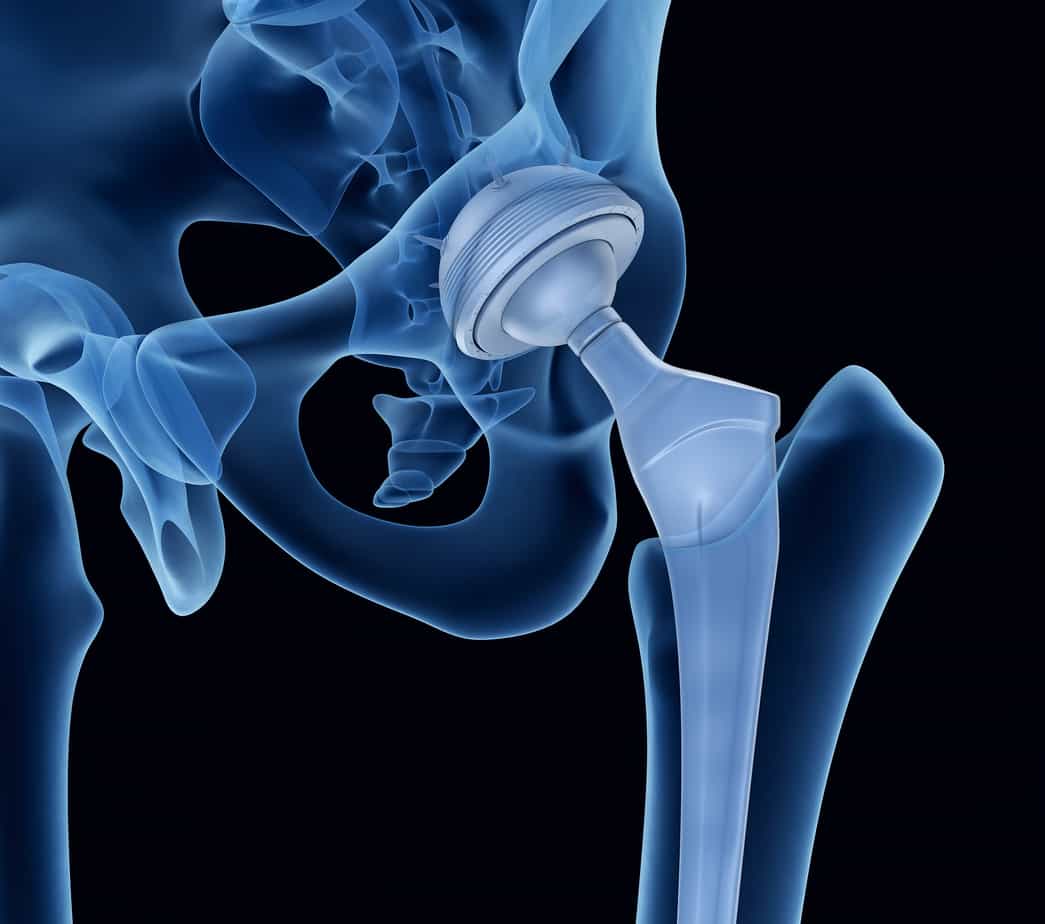St. Jude Medical Inc. must defend part of a legal lawsuit against the company, according to a Delaware federal judge. The judge ruled against the company after claims that the manufacturer’s spinal cord stimulator was negligently made.
The claims come from Kathleen M. Freed, who claims that St. Jude failed to guarantee safety for its spinal cord stimulator.
Freed had the stimulator implanted in 2014 and removed less than a year later. She claimed that the stimulator would cause her to suffer from burning and electrical shocks, both of which she claims were very painful.
The implant, intended to be permanent, had been implanted at Newark’s Christiana Hospital.
Freed has been granted one more opportunity to show that St. Jude didn’t warn her or her doctors of the potential risks that are associated with the stimulator. The judge is allowing the complaint to be revised in an effort to hold St. Jude responsible for Freed’s pain and suffering.
David G. Culley, Freed’s attorney, claims that St. Jude had to recall similar products in the past. The neurostimulator and its battery components were implanted in the woman’s left buttocks.
Spinal cord stimulators, and similar medical products, are forced to undergo a lengthy, federal approval process. The process provides protection to manufacturers so that they don’t have to face state medical device lawsuits.
Freed claims that the stimulator was not manufactured up to regulatory and industry standards. U.S. Magistrate Judge Christopher J. Burke states that the changes that Freed made to her complaint were enough to support her complaint that the stimulator was not up to industry standards.
Burke did dismiss three breach of warranty counts from the lawsuit.
St. Jude argued that the case be dismissed without prejudice. The Freeds will have an opportunity to amend their warn claim one last time and prove that St. Jude’s implant was not up to industry standards and that doctors were not warned about the risks of the implant.










